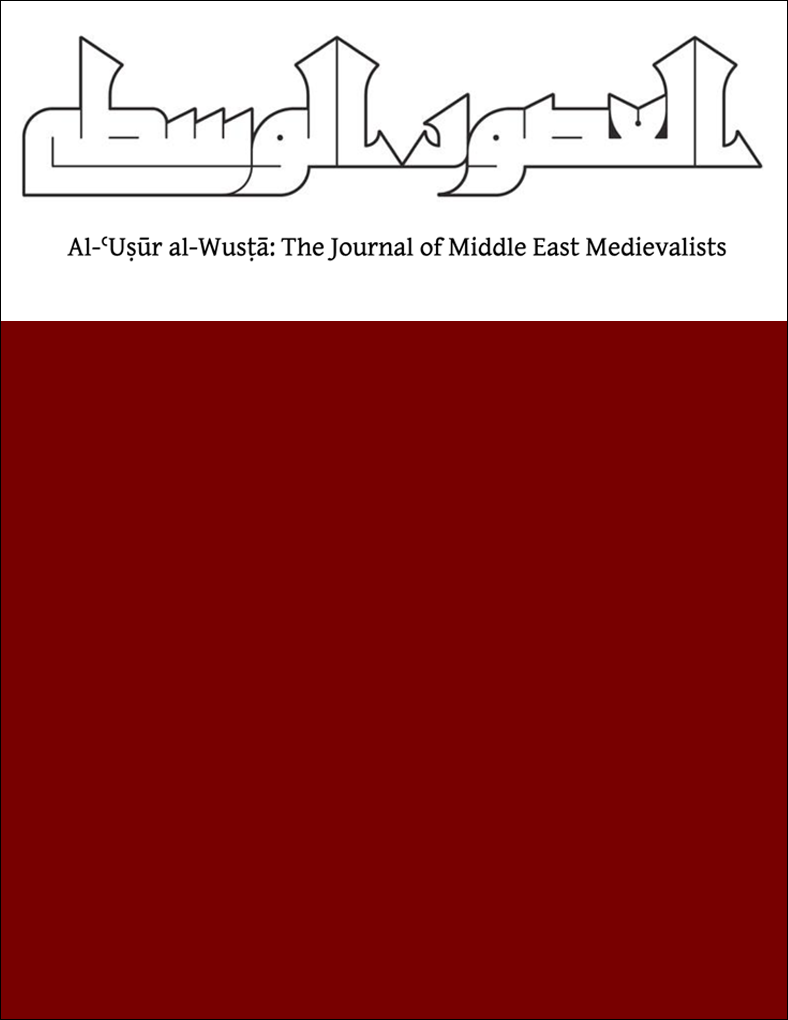Abstract
Beginning with our major source, al-Ṭabarī’s Taʾrīkh, both contemporaries and modern historians have noted the extraordinary persistence of the Zanj Rebellion, with the forces of the ʿAbbasid caliphate winning only after a protracted siege of the rebel capital, al-Mukhtāra. Victory came not just through superiority in arms, but through a strategy of persuasion: large numbers of rebels, including commanders, were induced to defect and received in public ceremonies involving bestowal of robes of honor, an important feature of which was silk brocade. Historians have paid more attention to the symbolic aspects of the rebellion than the material ones. Redressing the balance, a focus on the necessarily material character of all semiosis requires an analysis of the agency of silk cloth in the uprising. Silk cloth was not only a sign of honor and allegiance, but its material qualities also brought about defection and re-subjection of rebels. Understanding this materiality requires analysis of silk cloth production, which elucidates the ultimate superiority of the resources the ʿAbbasids had access to, as well as our own relative ignorance of the details of the material bases of production and distribution in the world both ʿAbbasids and Zanj rebels inhabited.

This work is licensed under a Creative Commons Attribution-NonCommercial-NoDerivatives 4.0 International License.
Copyright (c) 2022 Philip Grant

